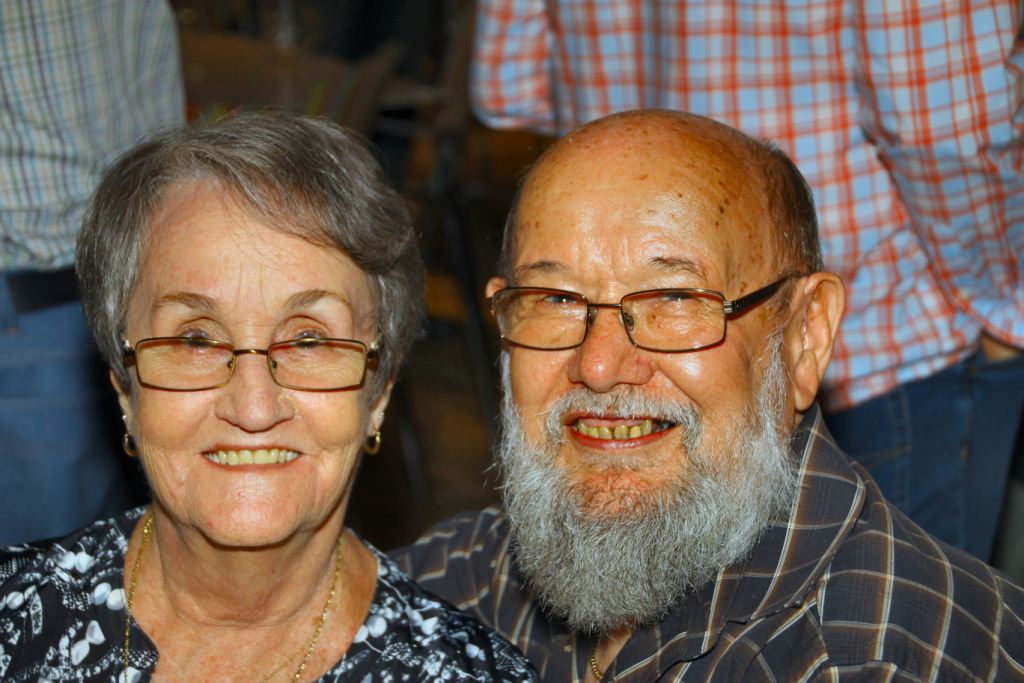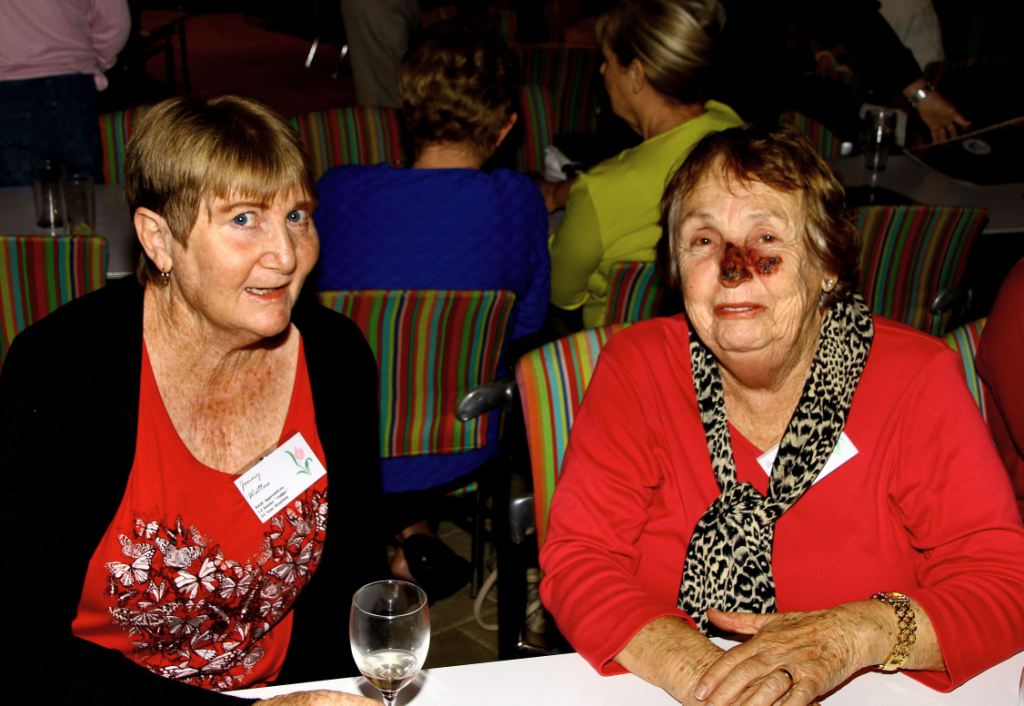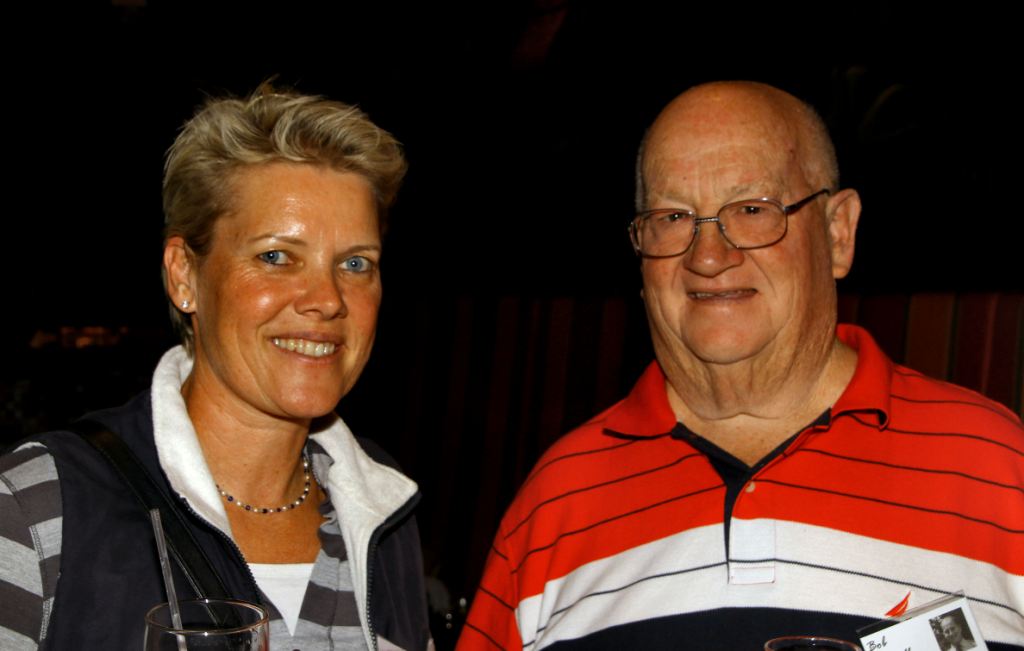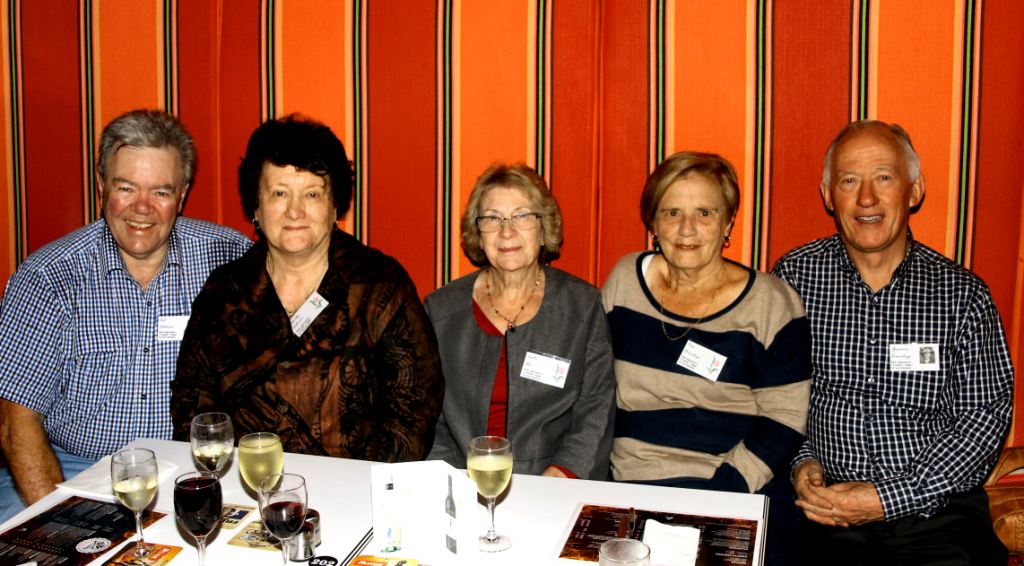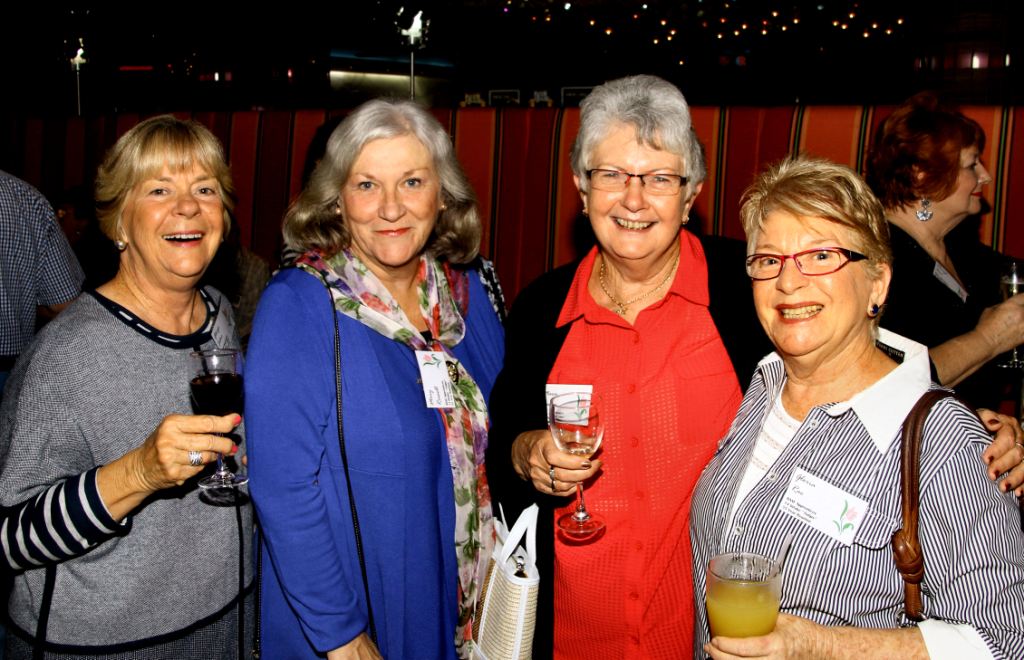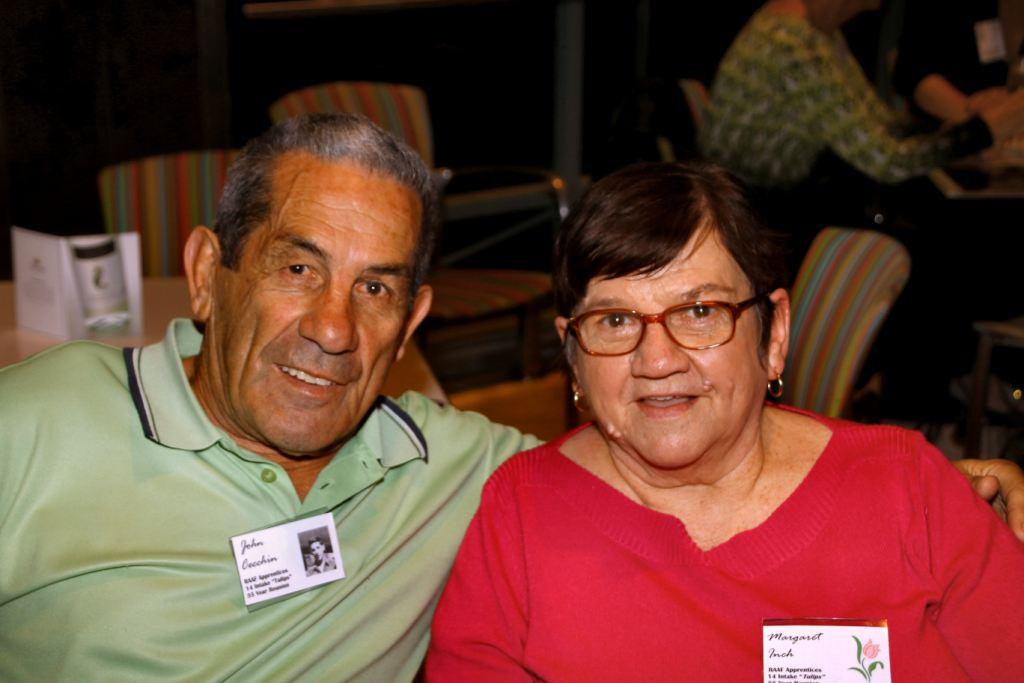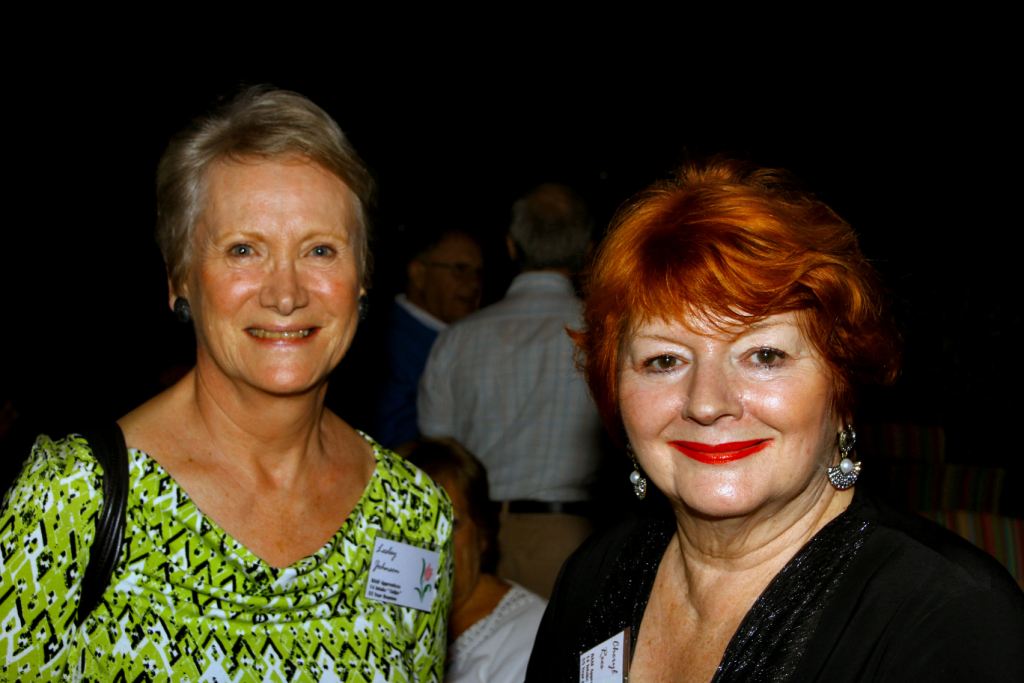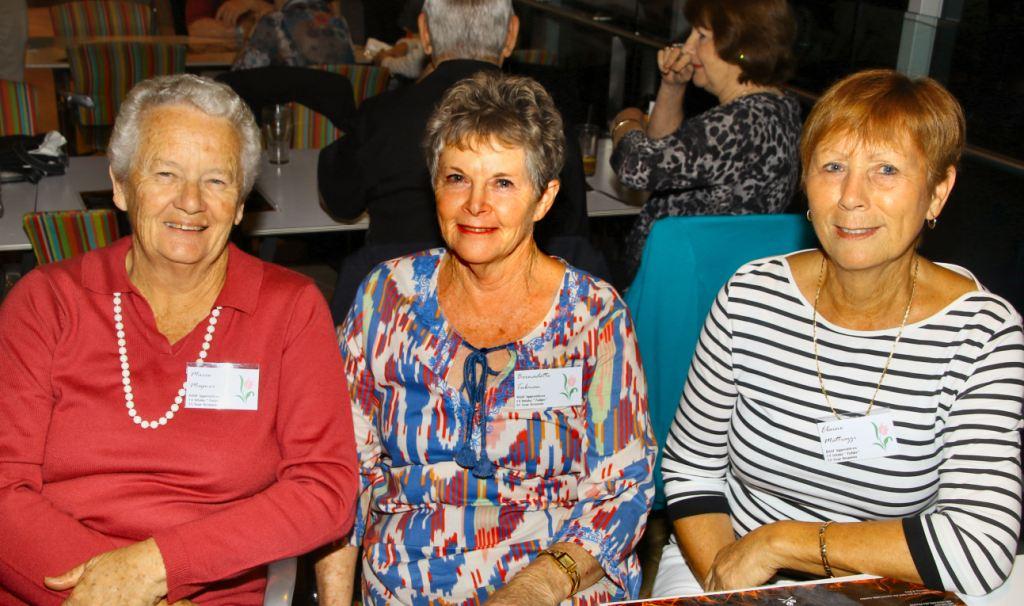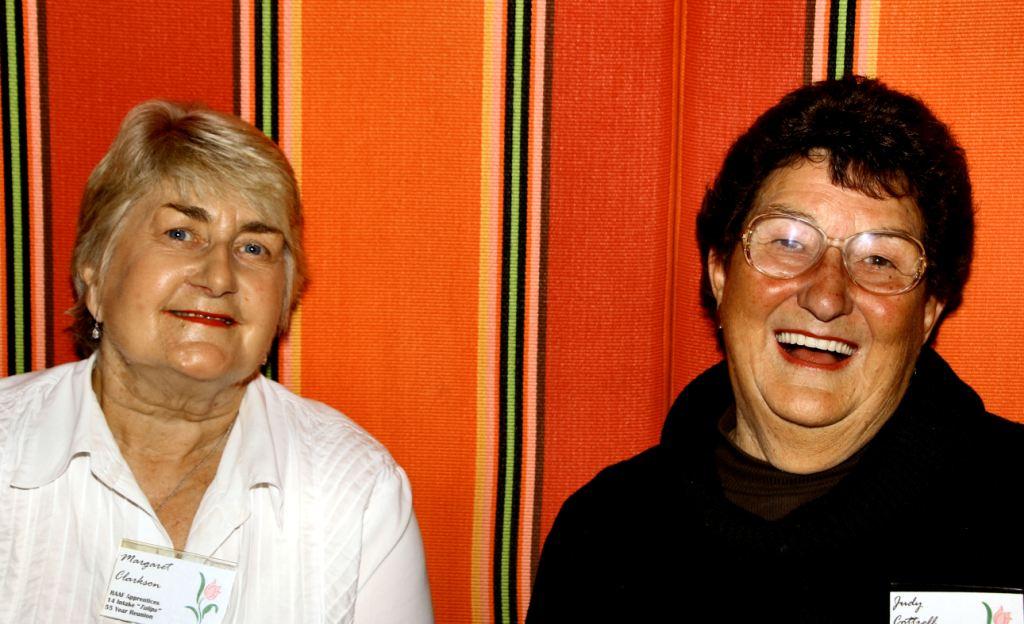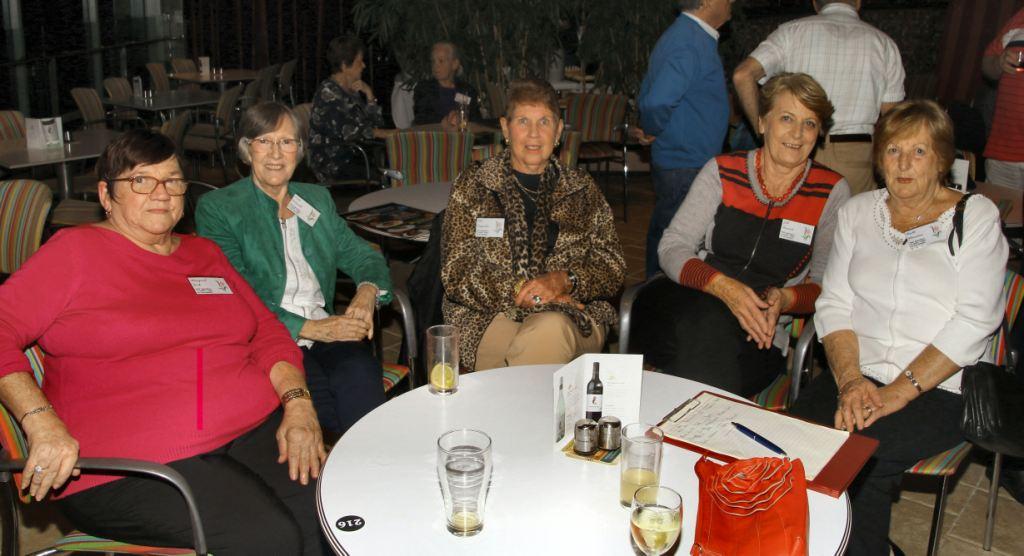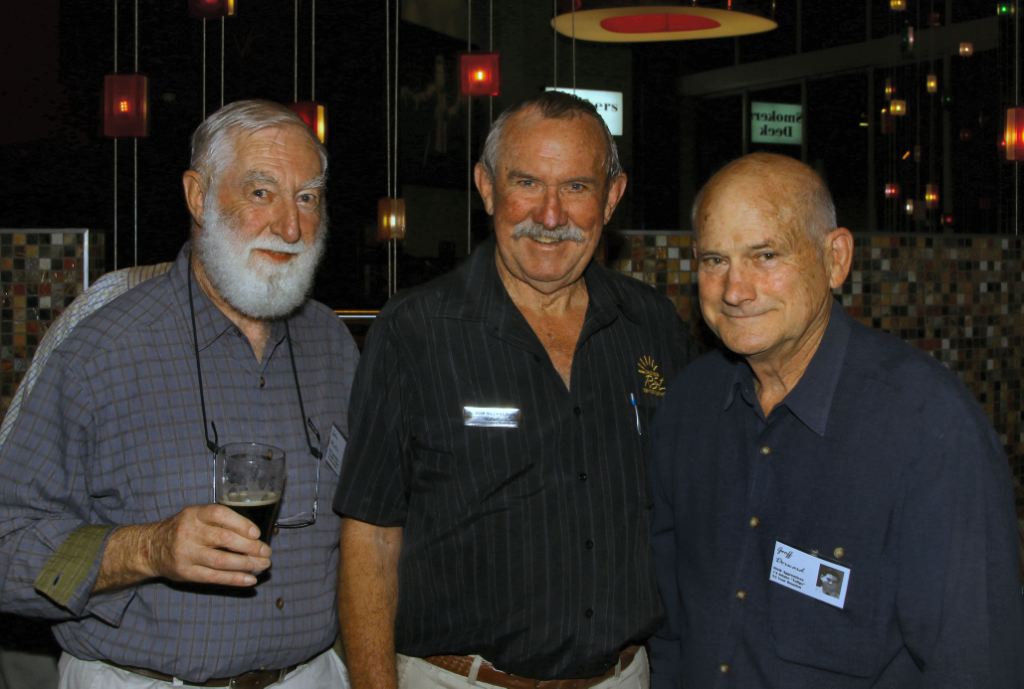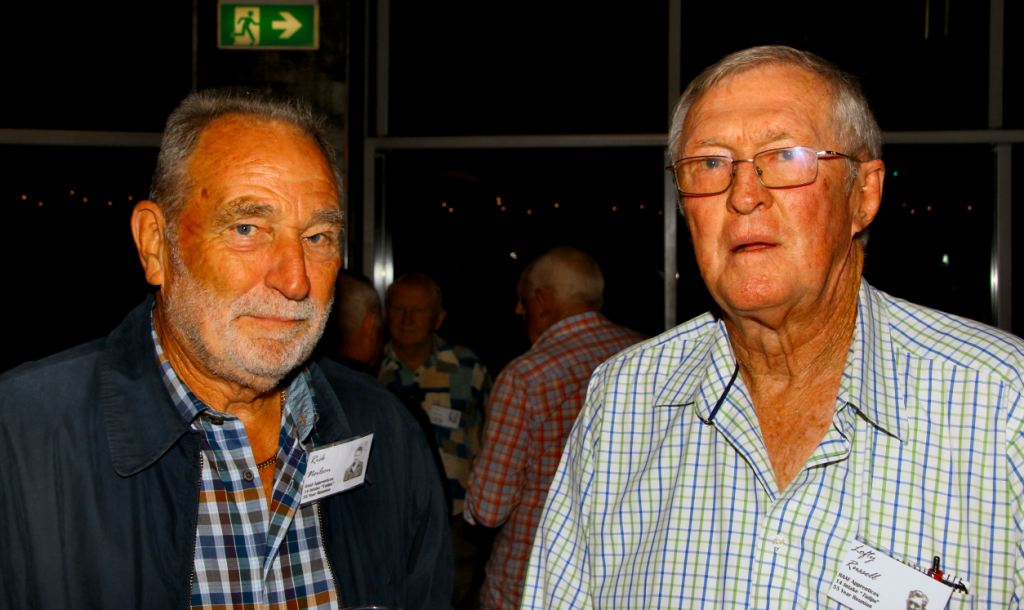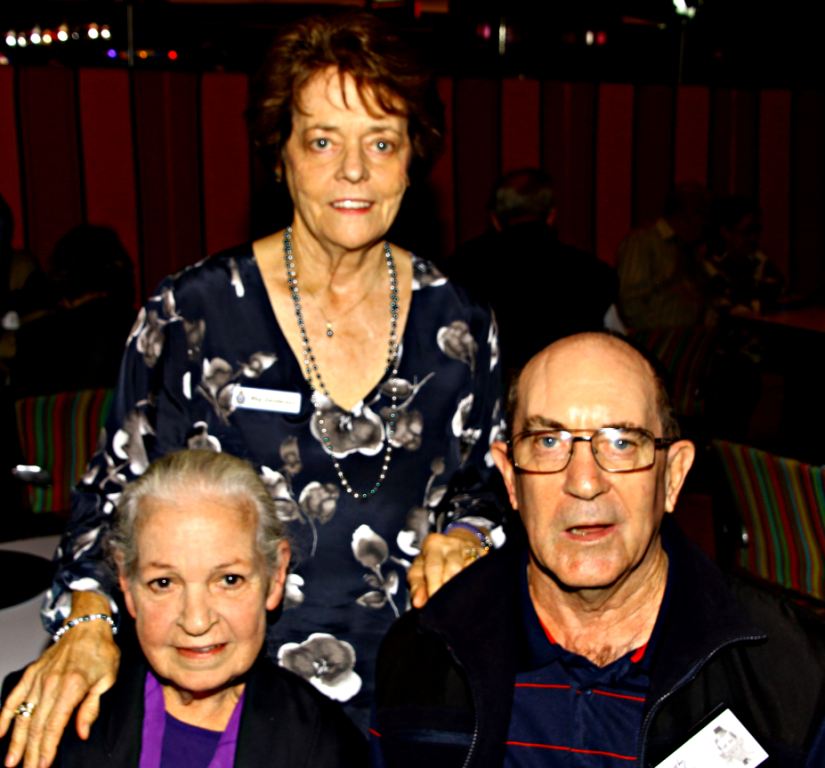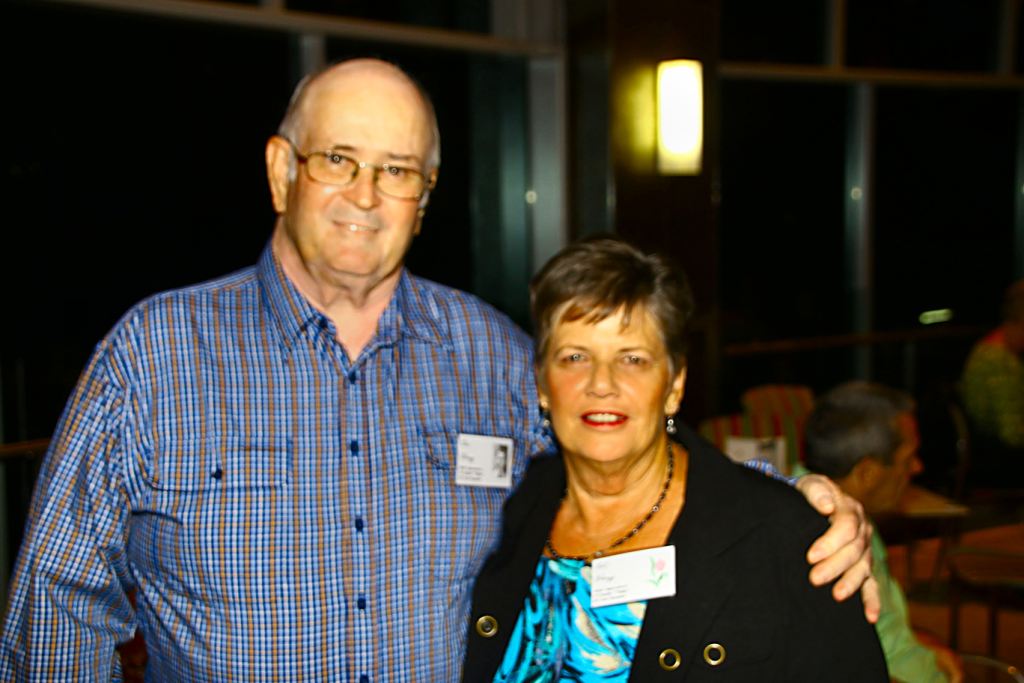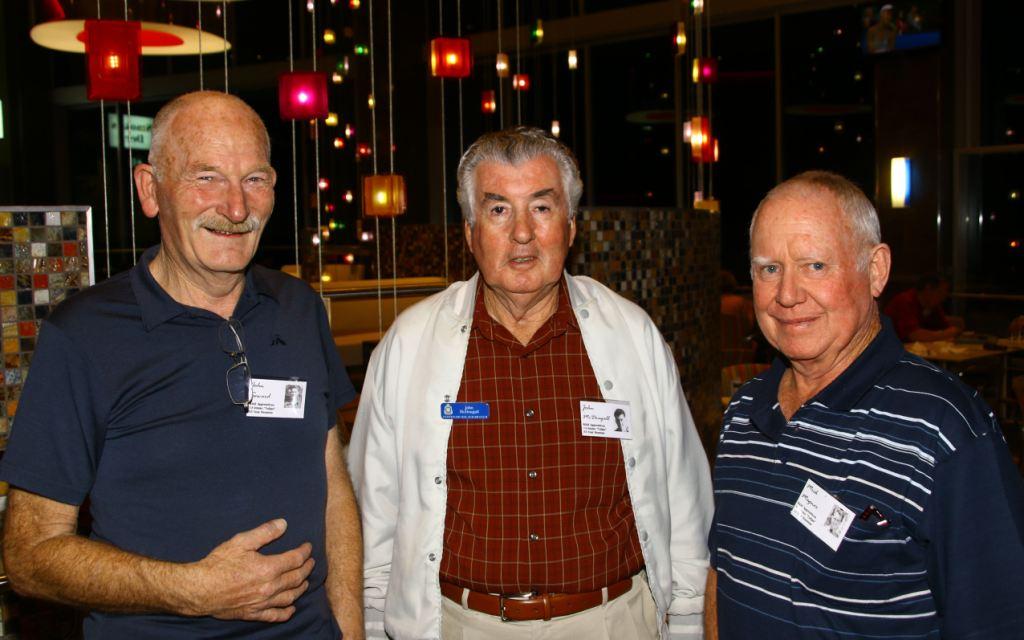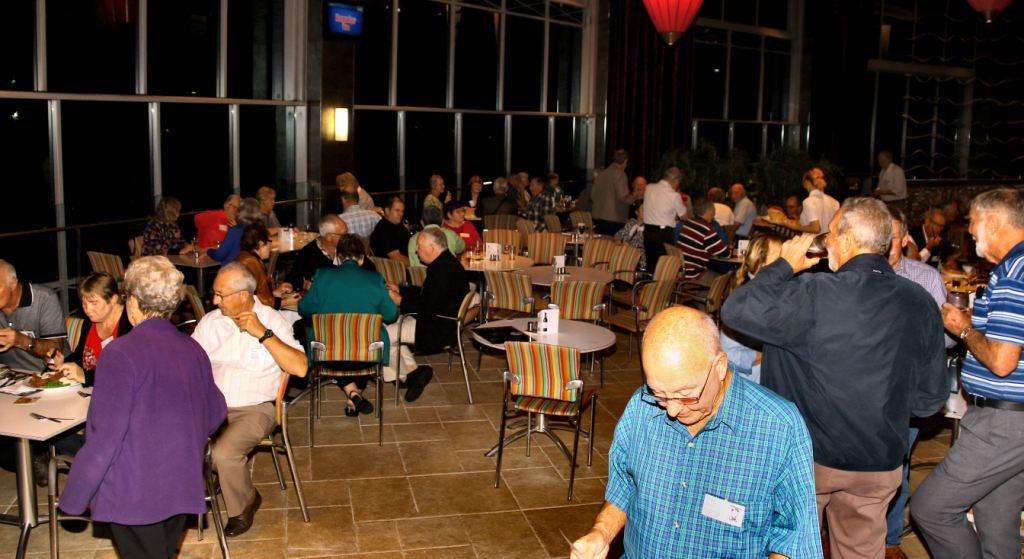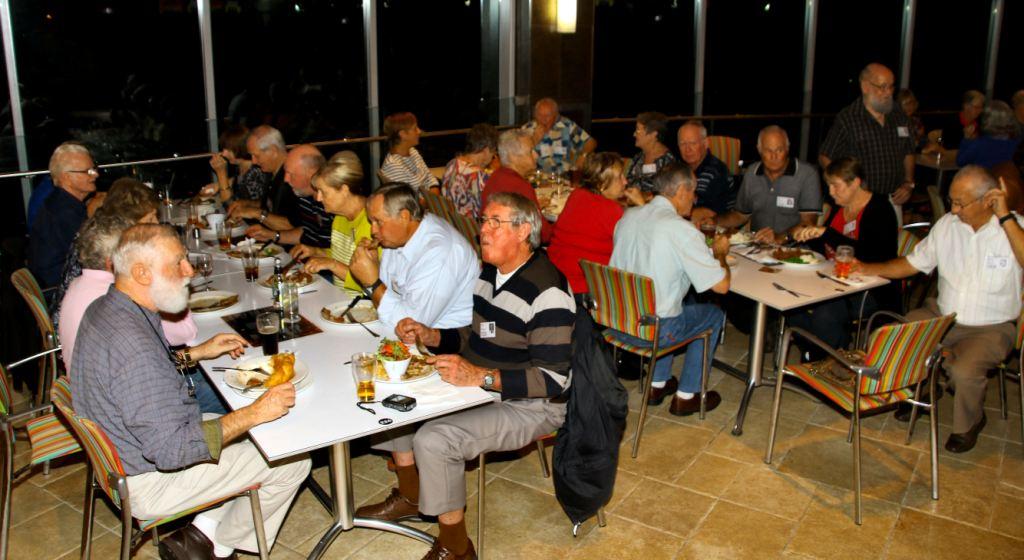|
|
||||||||||
|
||||||||||
|
Privacy Policy | Editorial Policy | Profit Policy | Join the Association | List of Members | Contact us | Index | Links |
||||||||||
|
Back Go to page: 1 2 3 4 5 6 7 8 9 10 11 12 13 14 15 16 17 18 19 20 Forward
|
||||||||||
|
The People I meet.
|
||||||||||
|
|
||||||||||
|
Cheyenne Sparke, alluring Radtech, Sharny Cauchgi. |
||||||||||
|
Recently I was down at Windsor (NSW) with many others to attend the C-27J celebration which was put on by 35 Squadron at Richmond. After spending the weekend at events on the Base, being idolised and often harassed by the meagre musterings, on the Sunday morning, thinking I could sneak away and have a quiet breakfast on my own, I went to Windsor’s favourite restaurant, Boots Bar and Restaurant to enjoy a hearty meal. Unfortunately, the word got out and very soon the place was full of those other trades who continually pestered one’s self wanting self to sit at their table to brighten up their meagre lives.
By 9.30am the restaurant was full of those other trades, which put a strain on the Restaurant’s staff who were trying to keep up with the huge crowd all wanting to order the same as self had ordered, when someone let slip that the reason there was such a large gathering at breakfast that morning was because of the attendance of a person radiating Radtechitis. Immediately this amazing fact became known to the wonderful staff, being mere mortals, they were unable to control themselves and immediately shunned the remainder of the restaurant’s clientele and draped themselves upon one’s self in an attempt to capture some of that appealing Radtechitis.
Fame is such a burden.
14 Appy Wagga (Tulips) reunion.
All successful air services, be they commercial or military, are technically-oriented organisations which critically depend on the capacity of skilled staff for their performance and this expertise relates not only to the personnel who fly the aircraft but equally to the ground-crews, be they mechanical or administrative, who prepare, maintain and support the aircraft in order that they can operate in a safe and efficient manner (though I’ve met a few RAAF pilots who thought otherwise – tb).
During
the earliest days of aviation in Australia, as elsewhere around the
world, mechanics and other technicians were drawn directly from civil
trades and expected to adapt their skills to the new environment in
which they operated and as aircraft were very rudimentary
In 1920, when the Government first held discussions for the formation of the RAAF, there was no talk of the new service providing more than recruit and regimental training for initial inductees. The pilots who would fly the small number of aircraft would be drawn from those with wartime flying experience. In the case of other trades, it was expected that filling positions in the non-technical grades would 'probably not present any difficulty', while it was 'hoped that sufficient personnel already trained in their particular trade will be forthcoming to fill most of the technical vacancies'. Where deficiencies were anticipated, as with people skilled in seaplane and flying boat work, one suggestion was put forward that a few of these should be obtained from England. The balance would need to be sourced locally so it was proposed that an Air Force College be formed to train pilots to fly the RAAF’s aircraft and that a number of boys aged under 18 might be enlisted and trained in various trades. In a document prepared early in 1925, Australia's first and longest-serving Chief of the Air Staff (Wing Commander Richard Williams) had set out what amounted to a detailed blueprint intended to guide the development of the RAAF for at least the next decade. This noted that the service still made no provision for training 'men or boys in a trade from the commencement' and could only reaffirm the hope that a sufficient number would continue to offer 'who already have the experience at their trade to enable them to pass a trade test'. If this proves not to be the case then the question of establishing training schools will have to be considered. Williams was alluding to the apprenticeship scheme instituted by the Royal Air Force.
When WW2
broke out, the technological advances in aircraft design and the number
of aircraft in use leapt forward at a great rate with the result at the
end of 1940, the supply of skilled and semi-skilled recruits available
to service these complicated machines had been practically exhausted and
from the start of 1941 the RAAF was obliged to look to satisfy its
requirements by turning unskilled enlistees into competent tradesmen.
This involved
Back in 1936, when it became evident that hostilities were not far off, the RAAF began to increase the number and type of its aircraft which required a corresponding increase in the number of its service personnel. The variety and complexity of these new aircraft required these service personnel to be suitably trained and this stretched its meagre training facilities to the limit. 1AD, which had been formed in July 1921 at Point Cook and which moved over to Laverton in March 1926 was expanded into a Training Depot (Engineering School) in September 1936. At the start of the War, use was still made only of recruits who already possessed technical qualifications and these “tradesmen” were put through a 16 week course which took place at the Training Depot but with civil industry similarly facing expansion to meet wartime demand and competing with the fighting services for skilled men, the RAAF inevitably found it necessary to 'develop other channels of supply', by enlisting less-qualified men and putting them through several successive courses to bring them up to the required level.
In December 1939 the Engineering School was subdivided and moved, with detachments sent from Laverton to take over the Melbourne Junior Technical School in Latrobe Street, West Melbourne and also the Melbourne showgrounds at Ascot Vale. Initially established as sub-units of the Training Depot, in 1940 these became No. 1 School of Technical Training (1SST) and No. 1 Engineering School.
The
formation of 1STT was directly related to the strategy of making maximum
use of existing civilian teaching resources in the expanded training
effort. Facilities such as State Technical Schools assisted by
conducting the multitude of special courses that were
During
the course of the war, over 65,000 personnel were given specialised
training at STTs in the 120 musterings into which the RAAF graded its
airmen. Many of the trainees were women, after more than 70 of the
service's trades were progressively opened up to members of the Women's
Auxiliary Australian Air Force (WAAAF) which was formed in 1941. In
addition to the courses run by the RAAF's own schools, other training
was carried out for the service within various civilian institutions. As
early as August 1939, for instance,
Although the RAAF was first off the mark, it was not alone in recognising the great importance of places like MTC in meeting service needs for skilled technicians. By the end of the war just on 100,000 members of all three armed forces had passed through some 80 different types of courses conducted at 60 technical colleges and schools around Australia.
At the outbreak of peace in 1945, the RAAF's greatly reduced need for the output from its numerous training facilities led to a predictable contraction in the number of these establishments. There was, however, no question of dispensing with them altogether, even though the chief catch-cries of the immediate post-war period seemed to be 'disbandment', 'demobilisation' and 'caretaker basis only'. The fact was that the existence of the war had not been wholly responsible for the creation of all these specialist training schools anyway, since this was a trend already evident well before 1939. The need for such establishments actually derived from the increasing technical complexity of air force equipment, with the consequent need for personnel trained beyond the levels readily obtainable solely through recruitment of civilian tradesmen. This was a development which the war years had exacerbated and hastened, quite apart from massively expanding in scale.
In
September 1942 the Director of Technical Services at RAAF Headquarters,
Air Commodore E.C. Wackett, had been appointed to the Air Board in the
newly-created post of Air Member for Engineering and Maintenance (AMEM).
The branch he headed comprised directorates of technical services,
aircraft maintenance, signals and armament, with aeronautical inspection
later added. To ensure that the post-war RAAF retained a capability to
continue meeting its technical requirements, the reduced training
facilities still aimed to provide the range of skills which such a
service would surely need. In November 1945, No. 1 Signals School ceased
operating at Point Cook and moved to Ballarat where it
With the outcome of the Second World War more or less certain more than a year before the conflict actually ended, planning for a post war RAAF was well advanced by the time that moment finally came. In planning the size of the post-war RAAF, the Chief of the Air Staff (CAS), Air Vice-Marshal G. Jones, originally reportedly recommended to the government a service of about 72,000 personnel but had been obliged to progressively modify this figure down to 59,000 and then 34,000 with the target to be attained by June 1946. With the shape of Australia's post-war defence forces still a matter of much uncertainty, this figure was reduced still further at government direction and in January 1946 was down to only 20,000. In fact, the RAAF's strength continued to plummet and at the end of October 1946 stood at just 13,000, by mid-1947 the number was down to around 11,600, and by the end of the following year stood at less than 7,900, barely double the service's strength on the outbreak of war nine years before, as it turned out, a disastrous situation with the Korean war only 2 years off. So serious was the shortfall situation that by February 1949 the RAAF was prompted to attempt the recruitment of 1000 ex-RAF electrical and engineering fitters, instrument makers, radar mechanics and carpenters in Britain. Many of the trades included in this drive were, of course, precisely those which the apprenticeship scheme was ultimately intended to fill.
In addition to focusing on the issues of size and shape, RAAF planners were also prompted to consider what other elements would be necessary to sustain the future structure of the permanent service. The wartime arrangement regarding the hastily assembled Engineering Schools was finally formalised into a fully-fledged Technical Branch, based on a structure already put in place by the RAF. In 1947, after commissioning a committee to report on the feasibility of forming such a branch, the AMEM (still Wackett, now holding the temporary rank of air vice-marshal) directed the preparation of proposals that he could present to his Air Board colleagues. The scheme was approved by the Board in August 1947 and implemented in September the following year. Suggestions were also put forward to introduce an apprenticeship scheme to train young airmen to serve in technical ground trades.
Not only had the rapid demobilisation robbed the service of the bulk of its trades personnel, but it was also abundantly clear that with a heavy phase of post-war reconstruction about to get underway the RAAF would find itself competing fiercely with industry for people who were both the most suitably qualified and the best able to absorb the pace of technological advances which had occurred during the war. This was a contest in which civil industry would be able to offer wage levels which the RAAF could not match. To combat this, it was recommended that the RAAF create its own Training College to conduct apprentice training 'on the lines of that carried out in the RAF' particularly as it was noted that Britain was returning its scheme to its previous shape and duration after the disruptions of the war years.
An
in-depth study of the RAF scheme which had been established at RAF
Halton (below) greatly assisted the RAAF in formulating the policy and
training programme for its own
In essence, the scheme espoused to the Australian Air Board proposed that there should be up to 940 'boy candidates' aged 15-16 years under training at any one time, who would undertake courses over three years which would fit them to become skilled tradesmen and ultimately senior NCOs. The scope of the scheme covered both engineering and electrical trades. The preferred location for the training of engineering apprentices was Forest Hill, the base at Wagga Wagga, New South Wales while the radio trades would receive their training at civilian technical colleges and the Air and Ground Radio School at Ballarat.
The final plan spelt out that on completion of three years training, each apprentice would be required to serve another twelve years in the permanent air force, instead of 18 as was originally envisaged. Moreover, the output from the scheme was intended to fill only 60 per cent of the RAAF's higher trade musterings, the remainder coming from direct entry tradesmen and airmen who would undergo conversion courses in the service. During their training, apprentices would be accommodated and receive their meals separately to other airmen. They would also receive their uniform and equipment free of charge, along with their medical and dental care and rail travel home during bi-annual leave periods. They would be paid, but their spending would be subject to limits set by the commandant of the training school. This was in line with the notion that the RAAF would assume 'the normal responsibilities of Guardians in providing for apprentices' social, spiritual and recreational welfare', a function which specifically meant that they were to be denied access to intoxicating liquor.
On the 02nd
Feb 1948, the first group of 53 youths aged 15–17 who had been selected
for engineering training under the RAAF’s new apprenticeship scheme
entered the Ground
Although the two separate apprentice groups were open to candidates, ie: radio and engineering trades, a candidate could apply for entry into either of these groups but on entry he would not be allocated to a particular trade within such group and no guarantee could be given that he would be trained in the trade of his first choice. Allocation to trades was made later after apprentices had shown, by the results obtained during their training, the trade for which they possessed the most aptitude. Wherever practicable apprentices were permitted to make their own choice, but the final allocation to a particular trade depended upon the number of vacancies in that trade and the relative technical aptitude of the apprentice concerned.
Apprentice Trades in the R.A.A.F. as at 1st January, 1948.
In February 1960 the first batch of nine teenage members of the Royal New Zealand Air Force (RNZAF) arrived in Australia to begin apprentice training. This followed a change of policy by the New Zealand government under which RNZAF apprentices had previously been trained in Britain with the RAF. Two members of the group went to the Radio Apprentice School, while the other seven went to Forest Hill. The Kiwis remained a feature of Wagga's apprentice population until 34 Intake (Eels) graduated in 1981.
|
||||||||||
|
A girl phoned me and said, 'Come on over. There's nobody home.' I went over. She was right, there was nobody home!
|
||||||||||
|
On Monday 18th Jan. 1960 a bunch of young blokes descended on Wagga to start 3 years study, on what was to be called, 14 Apprentice Course – or Tulips as they became known. |
||||||||||
|
|
||||||||||
|
Then finally, on Friday the 14th Dec. 1962, after cleaning and whitening the belt and gaiters, washing and ironing the creases into the drabs, spit polishing the boots, cleaning the rifle, a hair-cut, a shower, most now shaving, it was onto the Parade Ground for the last time for their pass out parade.
They left Wagga a few days later, some as Airframe fitters, some as Electrical fitters, others Armament fitters, Instrument fitters, Engine fitters, some with tickets in the Motor Transport trade and most, if not all, happy to see the last of Wagga and get into the Real Air Force!
53 years after that parade, on the 17th June, a goodly bunch of old (but not withered) Tulips decided to get together at the Caloundra RSL to relive those momentous moments. Bob McInnes, the President of the Services Club and an old RAAF bloke himself (below), welcomed the Tulips to the Club and thanked them for choosing the Club for their function.
(You can click most of these pics for a better copy which you can print and/or download)
Some of those 100 plus people who made the effort included (all names left to right):
|
||||||||||
|
Anne and John Graham. |
||||||||||
|
Jenny Watters, Anne Holland. |
||||||||||
|
|
||||||||||
|
Pat Horgan, (below) the President of the Caloundra Sub-Branch of the RSL, also welcomed everyone to the Club and wished them a happy and enjoyable evening.
|
||||||||||
|
Pat Hogan. |
||||||||||
|
|
||||||||||
|
Claudia Moffatt, Bob Cottrell.
|
||||||||||
|
Col Selman, Wendy Selman, Betty Gee, Pam Bauchop, Graeme Bauchop. |
||||||||||
|
|
||||||||||
|
Glenys Johns, Mary Russell, Maree Lewis, Gloria Rae.
|
||||||||||
|
John Cecchin, Margaret Inch.
|
||||||||||
|
John McDougall, Jon Fitzpatrick.
|
||||||||||
|
Lesley Johnson, Cheryl Rees.
|
||||||||||
|
Maree Magner, Bernadette Tubman, Elaine Mattiazzi.
|
||||||||||
|
Margaret Clarkson, Judy Cottrell.
|
||||||||||
|
|
||||||||||
|
Mick Magner.
|
||||||||||
|
Nick Winter, Bob McInnes, Geoff “Dags” Dorward. |
||||||||||
|
Rick Nielson, Alwyn “Lofty” Russell. |
||||||||||
|
|
||||||||||
|
Standing: Meg Sanderson. Margaret Taylor, Digby Moffatt. |
||||||||||
|
|
||||||||||
|
Des and Val Blagg.
|
||||||||||
|
My wife likes to talk to me during sex; last night she called me from a hotel.
|
||||||||||
|
Sue McDougall, Pam Weller, Joy Everett.
|
||||||||||
|
John Seward, John McDougall, Mick Magner.
|
||||||||||
|
All the troops settled in for the odd drink or two, but with no where near the exuberance they would have done 20 years earlier. Age seems to do that, the older you get the more you eat but the less you drink.
|
||||||||||
|
Quietly having dinner, no-one jumping on tables, tossing bread at each other, sculling schooners, shouting or wrestling – age does that for you!!
|
||||||||||
|
|
||||||||||
|
|
||||||||||
|
|
||||||||||
|
|
||||||||||
|
|
||||||||||
|
Back Go to page: 1 2 3 4 5 6 7 8 9 10 11 12 13 14 15 16 17 18 19 20 Forward |
||||||||||
|
|

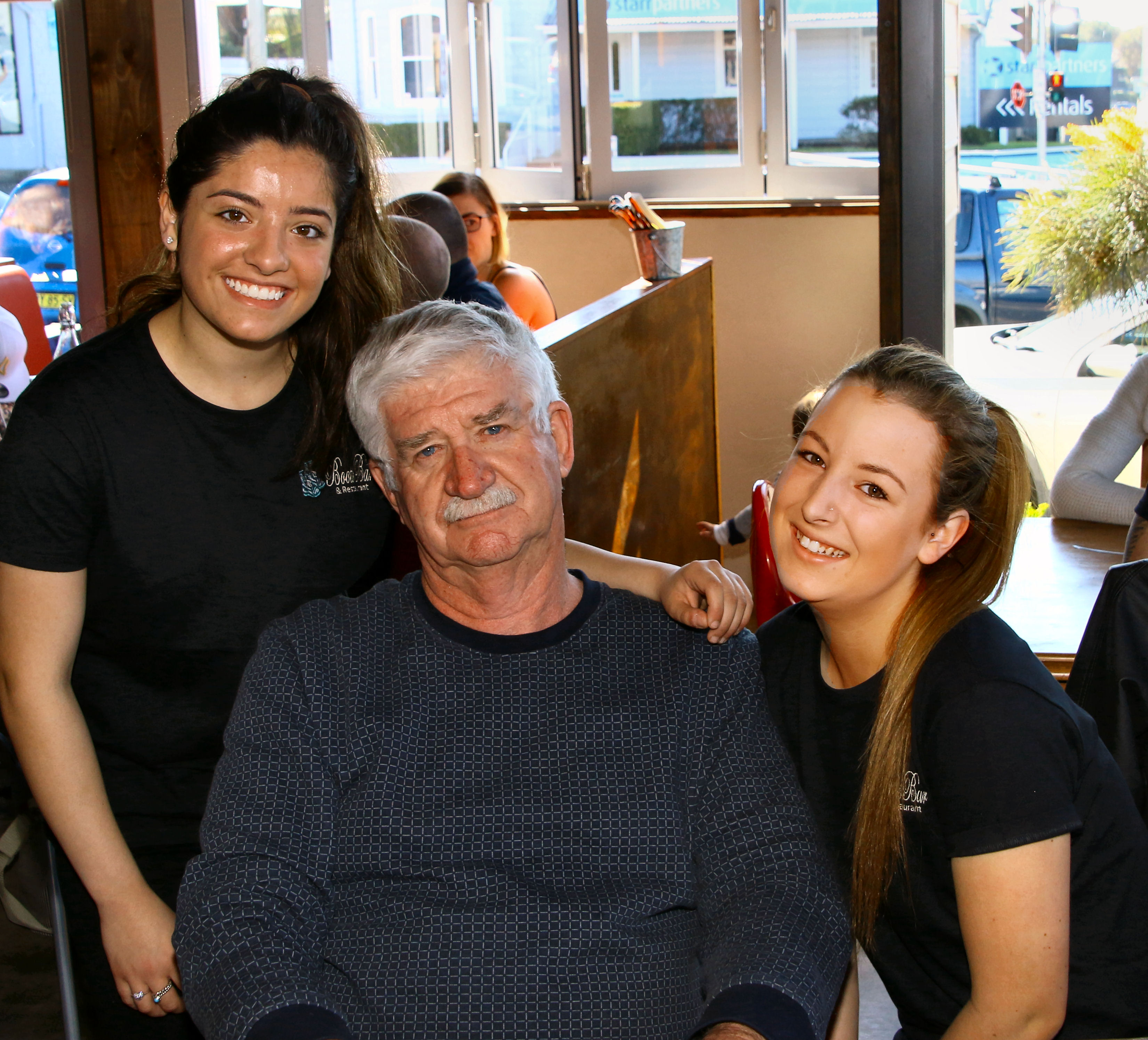
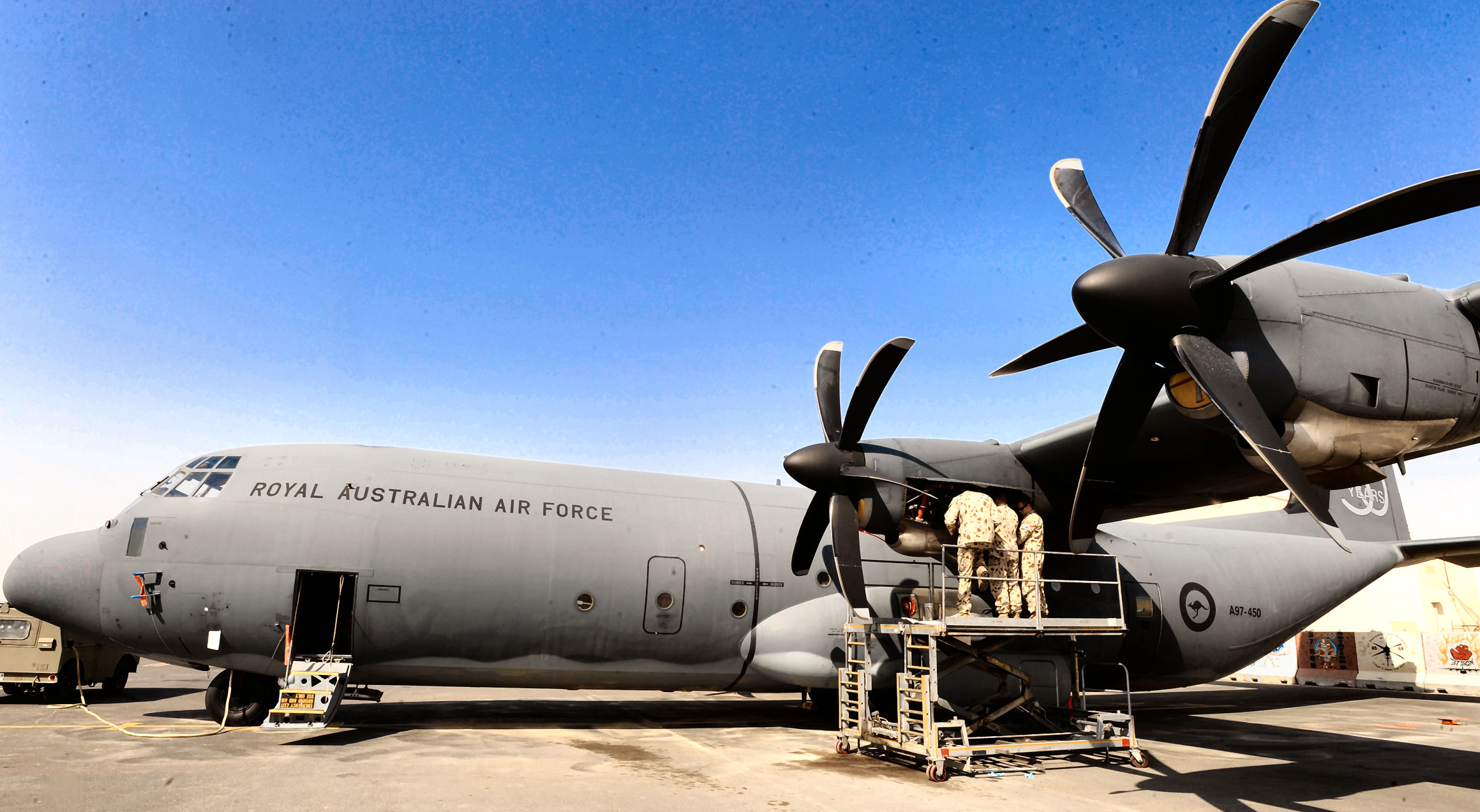 machines in those days, this practice was satisfactory. This arrangement
still applied when the First World War necessitated raising the number
and complexity of military aviation units on a large-scale. At the end
of hostilities, both the air corps of the defence forces and civil
aviation were able to draw on this well of experienced personnel to both
fly and maintain their machines. For as long as the aircraft themselves
were of relatively basic construction, this solution remained quite
adequate to the requirement. Moreover, for as long as the total size of
the aviation industry stayed modest, or the pool of qualified tradesmen
in the community sufficiently large, the air force and civil airline
companies could usually count on meeting their needs without mounting a
specific training program of their own.
machines in those days, this practice was satisfactory. This arrangement
still applied when the First World War necessitated raising the number
and complexity of military aviation units on a large-scale. At the end
of hostilities, both the air corps of the defence forces and civil
aviation were able to draw on this well of experienced personnel to both
fly and maintain their machines. For as long as the aircraft themselves
were of relatively basic construction, this solution remained quite
adequate to the requirement. Moreover, for as long as the total size of
the aviation industry stayed modest, or the pool of qualified tradesmen
in the community sufficiently large, the air force and civil airline
companies could usually count on meeting their needs without mounting a
specific training program of their own. 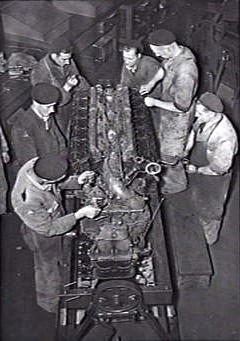 establishing a three-tiered system of training, first passing recruits
for aircraft trades through an eight-week course in basic fitting;
followed, as with semi-skilled recruits, by courses in one of the
specific areas of aircraft maintenance and, later, upgrading them to
higher musterings through conversion courses in more advanced systems.
establishing a three-tiered system of training, first passing recruits
for aircraft trades through an eight-week course in basic fitting;
followed, as with semi-skilled recruits, by courses in one of the
specific areas of aircraft maintenance and, later, upgrading them to
higher musterings through conversion courses in more advanced systems.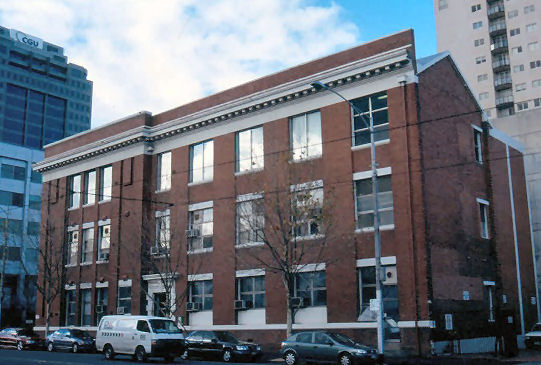 necessary before passing trainees on to the Engineering School to equip
them with service-specific skills. Thus courses run by 1STT were held at
the Melbourne, Brunswick and Footscray technical colleges and the
Amalgamated Wireless Australia (AWA) School. In March the following year
1STT occupied the Exhibition Building in the inner Melbourne suburb of
Carlton and the focus of training was shifted there. Five similar
schools were set up around Australia during the rest of 1940, No. 2 in
Canberra; No. 3 at Ultimo (Sydney); No. 4 at Adelaide; No. 5 in Perth;
and No. 6 in Hobart. The last of these had a relatively brief existence,
being raised in August 1940 and disbanded at the end of November 1941. A
No. 7 STT was subsequently formed at Geelong, Victoria, in June 1942 and
continued to operate until the latter half of 1945, when all these
schools were closed.
necessary before passing trainees on to the Engineering School to equip
them with service-specific skills. Thus courses run by 1STT were held at
the Melbourne, Brunswick and Footscray technical colleges and the
Amalgamated Wireless Australia (AWA) School. In March the following year
1STT occupied the Exhibition Building in the inner Melbourne suburb of
Carlton and the focus of training was shifted there. Five similar
schools were set up around Australia during the rest of 1940, No. 2 in
Canberra; No. 3 at Ultimo (Sydney); No. 4 at Adelaide; No. 5 in Perth;
and No. 6 in Hobart. The last of these had a relatively brief existence,
being raised in August 1940 and disbanded at the end of November 1941. A
No. 7 STT was subsequently formed at Geelong, Victoria, in June 1942 and
continued to operate until the latter half of 1945, when all these
schools were closed.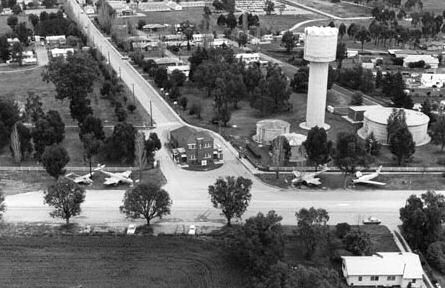 formed the basis of a new Air and Ground Radio School. In January 1946
the Engineering School at Ascot Vale (which had by now absorbed all
technical training functions apart from signals) sent a nucleus of its
staff to Wagga Wagga to establish what became known from March that year
as the RAAF Ground Training School.
formed the basis of a new Air and Ground Radio School. In January 1946
the Engineering School at Ascot Vale (which had by now absorbed all
technical training functions apart from signals) sent a nucleus of its
staff to Wagga Wagga to establish what became known from March that year
as the RAAF Ground Training School.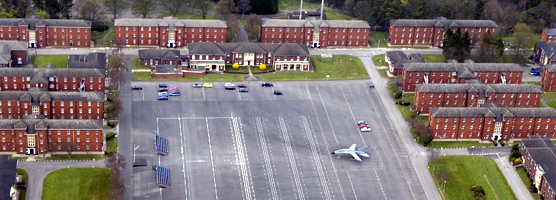 project. One of the ticklish problems which was overcome by this study
was the introduction of a curriculum, which would get the results
without overworking the lads. The basic plan devised was consequently
built around four main objectives:
project. One of the ticklish problems which was overcome by this study
was the introduction of a curriculum, which would get the results
without overworking the lads. The basic plan devised was consequently
built around four main objectives: 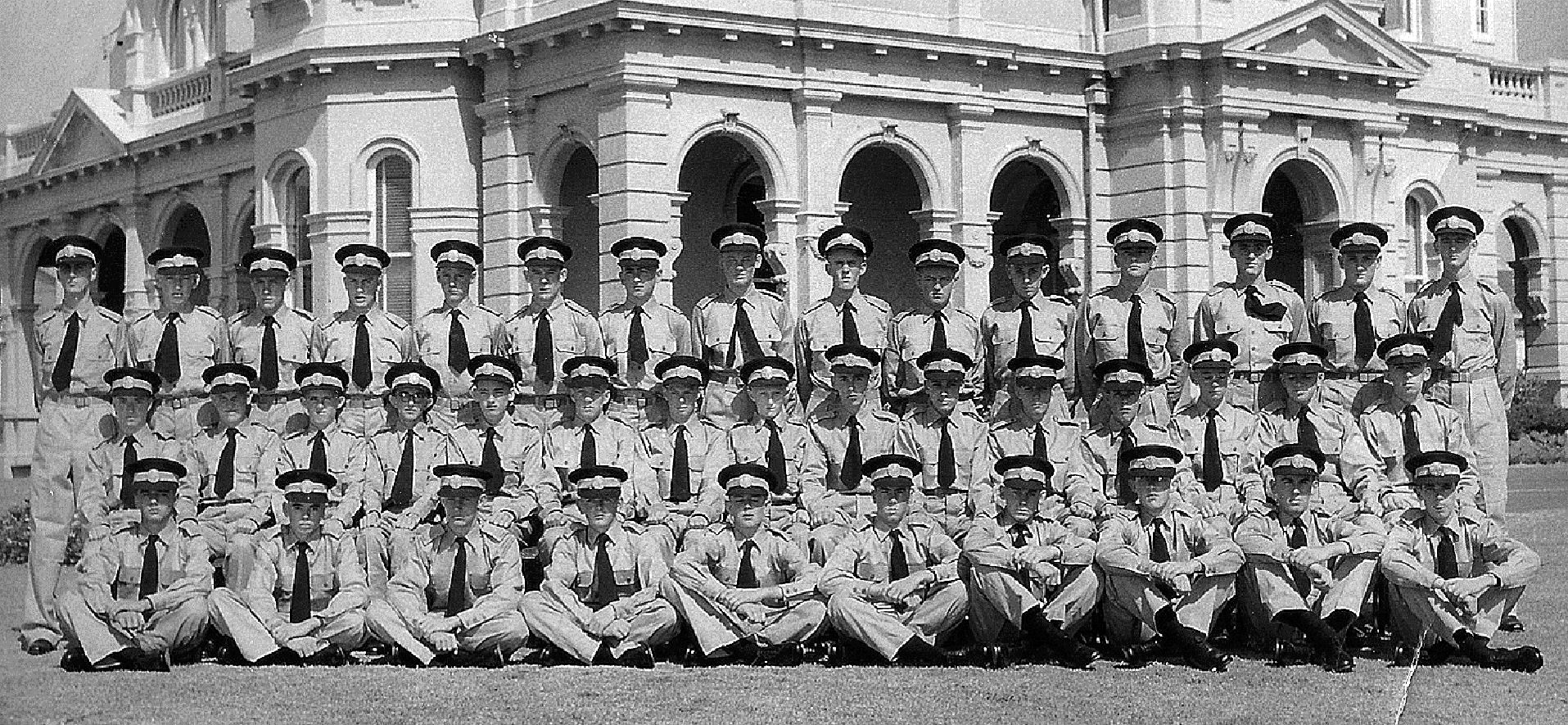 Training School at Forest Hill. Five days later, a group of 16 youths
similarly joined a separate Radio Apprentice School (RAS) established at
the former wartime RAAF establishment at ‘Frognall’, in the Melbourne
suburb of Canterbury. Recruitment of a second intake of apprentices
began almost immediately, leading to another 84 joining at Wagga and 18
at RAS by the end of July. When the apprenticeship scheme ended 45 years
later, a total of 6151 tradesmen and technical specialists had graduated
into the RAAF. It should be noted that the RAAF was not alone among
Australia's armed services in adopting apprentice training to meet its
needs for skilled tradesmen, merely the first to do so.
Training School at Forest Hill. Five days later, a group of 16 youths
similarly joined a separate Radio Apprentice School (RAS) established at
the former wartime RAAF establishment at ‘Frognall’, in the Melbourne
suburb of Canterbury. Recruitment of a second intake of apprentices
began almost immediately, leading to another 84 joining at Wagga and 18
at RAS by the end of July. When the apprenticeship scheme ended 45 years
later, a total of 6151 tradesmen and technical specialists had graduated
into the RAAF. It should be noted that the RAAF was not alone among
Australia's armed services in adopting apprentice training to meet its
needs for skilled tradesmen, merely the first to do so.